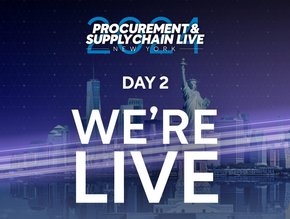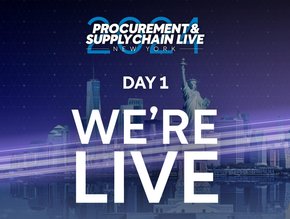SaaS bloat 'hitting procurement bottom lines'

Unused and forgotten Software-as-a-Service (SaaS) subscriptions are a drain on procurement and supply chain budgets, a leading Saas expert says.
Speaking with Forbes, Ritish Reddy, Co-Founder of Zluri – an SaaS management platform – says that chief procurement officers need to work with CIO’s and CTOs to identify underused enterprise level SaaS applications.
“There is a different SaaS tool to address every business problem you can think of,” says Reddy. “From payroll to procurement.”
The irony here, of course, is that Zluri’s bloat-prevention solution is itself an SaaS offering.
Reddy says part of the problem is the ease with which employees can sign up for and implement new SaaS tools on a trial basis, meaning an organisation ends up paying for forgotten tools that are never used.
He says so-called SaaS sprawl at enterprise level can happen for a number of reasons:
- No standardisation, meaning every team is free to use whichever software they like, even if there is overlap in functionality.
- Lack of centralised app procurement, whereby no sole person is responsible for approving app transactions.
- The abundance of options in the market
- Lack of adequate training for your employees
Reddy says that to prevent SaaS sprawl IT teams must first understand what SaaS platforms are in play.
As much as 70% of SaaS tools are unknown to IT
“IT teams struggle for visibility on technologies in use,” says Reddy. In fact, as much as 70% of apps within an organisation are unknown to IT, making it very difficult to manage.”
A root cause of this, he says, is when an application owner leaves a role and does not transition access to their replacement, or teams forget about a software solution they purchased for a very specific process.
“And when employees forget to cancel their subscriptions, auto-renewals tend to go unnoticed,” he says. “We call this dark billing.”
He adds that another problem for IT managers is siloed data, which happens when financial and application data are scattered and disconnected.
Reddy says IT managers can begin tackling this problem by discovering what elements of SaaS they control, and finding out where the data generated by these elements is going.
“Understanding how your organisation processes this information will not solve the problem, but it gives you a good place to start,” he advises.
He adds: “Not every piece of software is necessary, and likely very few of them truly are. There are a lot of redundancies in the enterprise software stack. It’s about finding and eliminating those redundancies and creating a more tailored plan.”






